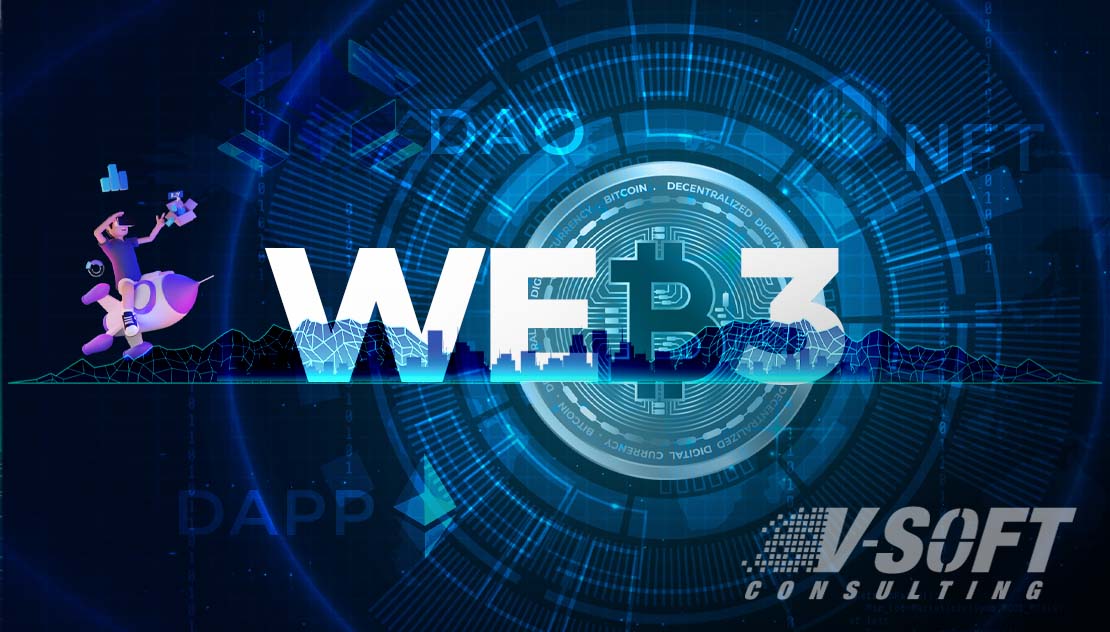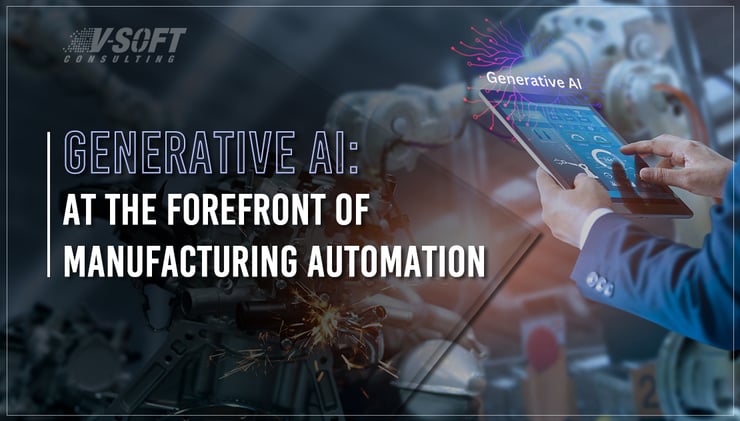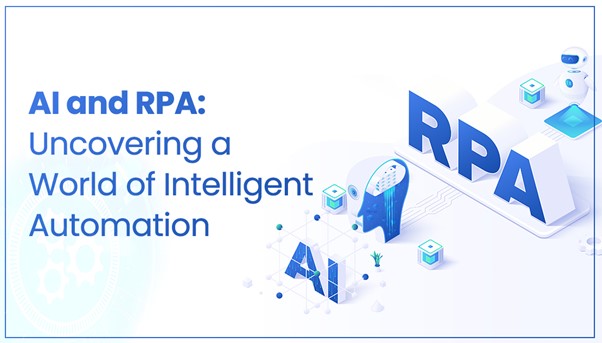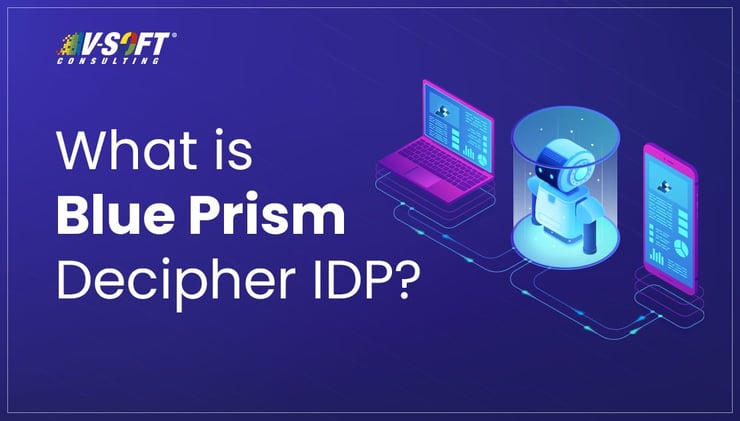In the last year, the idea of Web3 has gained traction among technologists and business leaders as the next big thing. The latest iteration of the internet. Though there is no clear consensus on how Web3 should be defined, there is a broad agreement that the central concept of Web3 as a whole idea is decentralization based on blockchain technology. Its proponents herald it as a paradigm shift that could fundamentally change how the internet and internet-based businesses and internet economy work. It’s also linked to the concept of the metaverse which makes it even more alluring. In this blog, we will attempt to explore the idea and try to understand it.
Why is Web3 called Web3?
Web3 proponents see it as the evolutionary leap of the world wide web. The early web of the 1990s and early 2000s is referred to as Web 1.0, it was revolutionary but mainly involved static web pages and end-users were consumers of the content, producing content required setting up and hosting a website. Web 2.0, which started around 2004, brought with it a radical change allowing users to create and publish content using platforms such as social networks, blogs, wikis, etc. This empowered users to be creative and innovate but also led to large corporations controlling the internet, the data, the flow of content, and the digital economy. In recent years, there has been a push against this hegemony by users, small businesses, innovators etc. The increasing popularity of blockchain technology and decentralization has led to the reimagining of the internet as a truly decentralized internet or Web3.
It is pertinent to note here that though used interchangeably by some, Web3 is quite distinct from the term Web 3.0 coined years back by the inventor of the World Wide Web, Sir Tim Berners-Lee. The latter is also called Semantic Web as it envisioned a web with machine-readable language so data could be “understood” by machines based on the context or metadata provided. Some of the ideas are still part of it but the nascent Web3 is considerably different from the Semantic Web concept. Web3 seems in line with Berners-Lee’s vision of taking the web back from the control of big tech giants but blockchain technology remains at the core of the idea with backing from the crypto communities. In fact, the term Web3 was coined by Ethereum blockchain co-founder Gavin Wood.
The Core of Web3: Decentralization
Decentralization is a core concept of Web3 and a fundamental departure from its predecessors in terms of architecture and infrastructure. While Web 1.0 was all about static pages and Web 2.0 saw more dynamic and user-generated content and interactivity, the platform is provided by third parties and in most cases owned by tech giants such as Meta (formerly Facebook), Twitter, and Microsoft. However, in Web3, with blockchain technology, data can be stored in a distributed mechanism. In the blockchain, information is encrypted and stored over a network of computers with no central oversight. This means that data can’t be changed arbitrarily since its copies exist across the network, if a copy doesn’t match with the rest, it becomes invalid. This adds an extra layer of security which is built into the architecture.
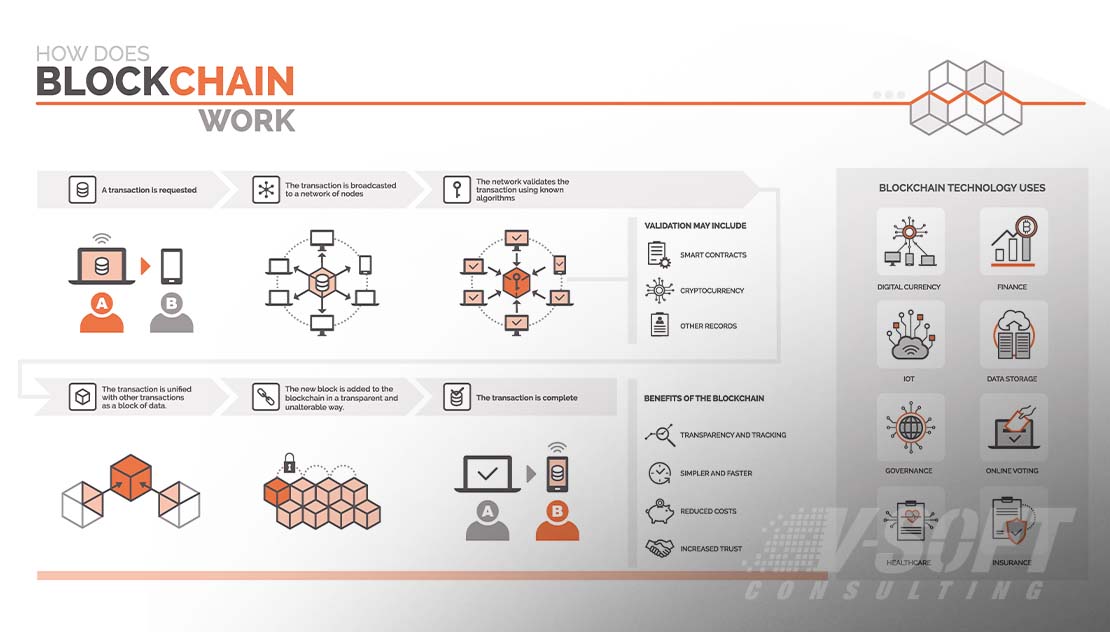
So, it doesn’t really matter where the server with data is physically located and who owns it, unless the owner of the data gives consent or there is a network-wide consensus, this data can’t be accessed or modified by anyone other than the owner. Furthermore, it is permissionless which means no permission is required from a third party to carry out a transaction and likewise the transacting parties don’t require an intermediary for ensuring trustworthiness as the blockchain algorithm and encryption make every transaction secure.
Cryptocurrency, NFTs and DAOs
The fact that Web3 is heavily backed by the cryptocurrency community implies that cryptocurrencies like bitcoin and NFTs (non-Fungible Tokens) will play a key role in the new internet economy. The concept of Decentralized Autonomous Organizations (DAO) refers to a collective or company without a traditional management structure. The DAO functions according to the rules encoded into the blockchain could boost innovation and entrepreneurship. These organizations would be collectively owned by shareholders and would be autonomous and transparent in nature paving the way for creating companies faster and without bureaucratic hurdles or relying on platforms owned by big tech. This would facilitate the creation of decentralized apps (Dapps) where fees are paid in tokens which in turn plays a key role in operating the DAOs.
AI and Metaverse
Artificial intelligence (AI) is an important component of Web3 as the concept involves a lot of machine-to-machine interactions and autonomous decision-making. AI algorithms can substitute humans for the performance of various tasks which is very much in sync with Web3 trends. Like Web3, the metaverse is being predicted as the next iteration of the web, a network of virtual worlds where users can interact using 3D avatars for most collaborative and social activities. While technologies like Virtual Reality (VR), Augmented Reality (AR) can provide an immersive and persistent internet, Web3 technologies such as blockchain, cryptocurrencies, and NFTs can form the bedrock as well as facilitate interoperability. In many ways, the metaverse is the front-end while Web3 technologies and AI provide the infrastructure and applications.
Summary
Web3 applications are already here but whether or not the concept becomes mainstream in its current form remains a matter for speculation. Autonomy and decentralization form the core of the vision, but the burning question is whether governments and regulatory bodies will allow them. Lack of oversight and control would always entail safety, security, and legal issues which is already a major concern. Furthermore, Elon Musk and former Twitter CEO Jack Dorsey have expressed apprehensions of Web3 being truly decentralized and not just a marketing buzzword to transfer control to venture capitalists (VCs). Yet another argument against Web3 is that blockchains are known to be energy guzzlers adversely contributing to climate change, further adoption of the technology can negatively impact the climate.
In the end, every paradigm shift has its own set of challenges that are tackled as it evolves. Several businesses are already adopting Web3 technologies to remain ahead of the curve while many are still exploring the opportunities. Forward-looking business leaders must prepare themselves and their organizations to embrace Web3 when it arrives.

